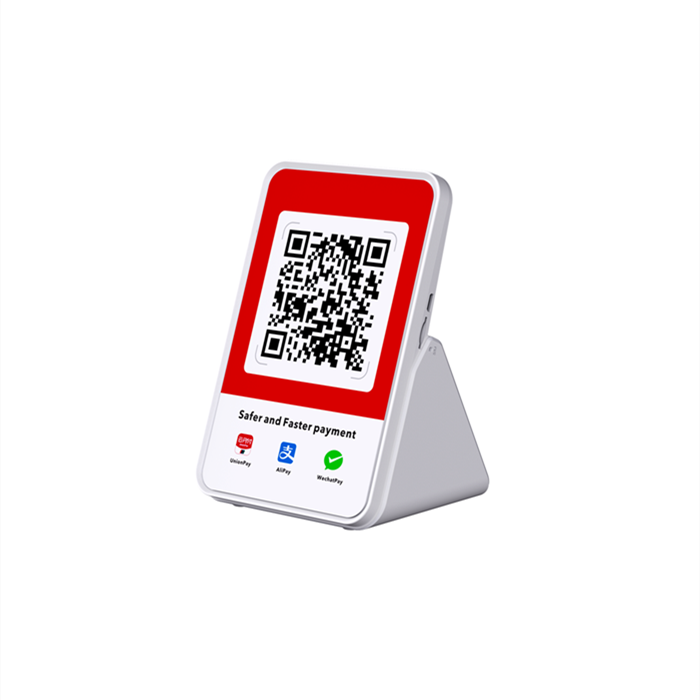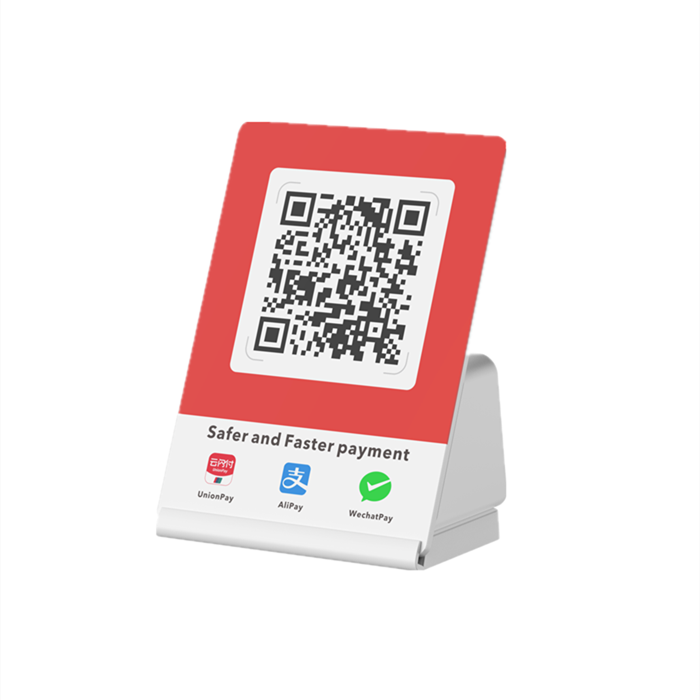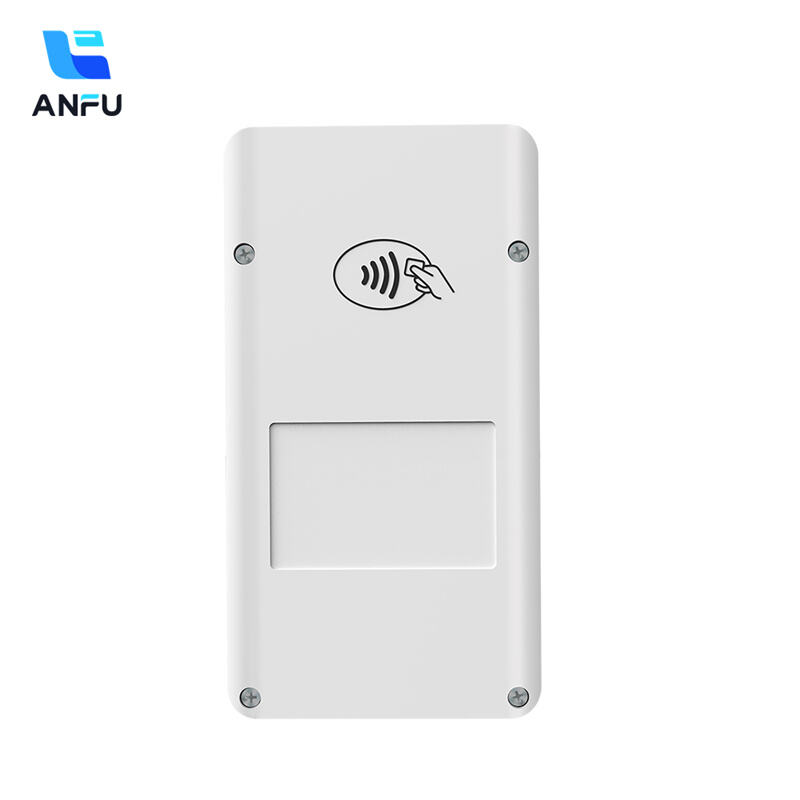Traditional POS Hardware Repairs vs Android POS Remote Fixes
Core Differences in Repair Approaches
Physical Hardware Repairs in Traditional POS Systems
Most traditional point of sale systems still rely on actual hardware fixes when something goes wrong, and that usually means calling in someone with proper tech skills. These systems tend to break down in pretty standard ways too printer getting stuck, screens going black, or losing connection to other devices. Fixing all this stuff takes someone who knows what they're doing because each problem needs its own diagnosis and repair approach. Repair bills generally match how bad the problem is, anywhere between around $100 for simple fixes up to nearly $500 when major components need replacing. Looking at past repair records helps stores prepare better though. Many businesses find that keeping spare parts on hand for common issues cuts down downtime significantly, even if it means tying up some capital in inventory.
Remote Diagnostics and Fixes for Android POS Solutions
When it comes to Android POS systems, remote diagnostics really shine because they let us spot and fix software problems fast, cutting down downtime without having some tech show up at the store. Technicians can tackle those annoying little issues like when the system freezes or loses connection just by logging in from their desk somewhere else. Cloud based stuff has taken things even further too. With everything stored online, we can push out software fixes and updates instantly whenever needed. The bottom line? Less money spent on travel and equipment, plus resolutions that happen way faster than waiting for someone to drive across town. Some folks say these remote methods save around 30 percent compared to old school on site repairs, but honestly what matters most is how much time businesses save during critical moments.
Cost Analysis: On-Site vs Remote Repairs
Labor Costs for Traditional POS Component Replacements
The money spent on fixing point of sale systems the old fashioned way really starts piling up fast when we factor in what technicians charge plus their travel costs. Most techs bill anywhere between seventy five bucks an hour all the way up to one fifty, and that doesn't even include getting them to the site or buying new parts. Things get even worse when businesses have several stores scattered around town and need something fixed right away. Think about restaurants during peak hours or retail shops at holiday times when every minute counts. The last thing anyone wants is customers waiting while the register stays broken. That's why smart business owners are looking at regular maintenance instead of just reacting to problems as they happen. Keeping equipment running smoothly most of the time means fewer emergency calls and much lower bills month after month.
Subscription-Based Support Models for Android Repairs
For businesses running Android POS systems, subscription support plans present a budget friendly option with monthly fees that stay consistent from month to month. Most plans start around thirty bucks a month and typically come packed with features like fast problem solving and special deals on site visits if something breaks down. The beauty of this approach is twofold really. First, technicians can jump on issues right away which keeps operations running smoothly. Second, companies don't have to worry about unexpected repair bills eating into profits. We've seen plenty of shops cut their overall spending by nearly half after switching to these kinds of support arrangements. That kind of savings makes sense for any business owner trying to keep control over cash flow while maintaining reliable point of sale functionality.
Downtime Impact on Business Operations
Service Delays with Traditional POS Repair Logistics
When traditional POS systems experience service delays, it really hurts business operations. Retailers are looking at losses between $300 and $3,000 per hour of downtime, depending on how busy they normally get and when those problems happen. Fixing these old systems brings its own headaches too. Parts often take forever to arrive by mail, and getting a tech out there isn't quick either. All this waiting adds up to serious money down the drain, particularly around lunch rush or weekend shopping sprees when cash registers should be ringing nonstop. Stores that upgrade their logistics networks and get better at sending technicians out fast see real improvements. Customers stay happier because lines aren't backed up, and the bottom line stays healthier since less revenue slips through fingers during critical selling periods.
Instant Software Patching for Android POS Systems
The ability to apply software patches remotely gives Android POS systems a major edge when it comes to reducing downtime issues. Traditional systems just don't compare because Android lets businesses get updates directly without waiting for IT support to come onsite. These updates handle everything from pesky bugs to serious security holes something no small business owner can afford to ignore. When systems stay updated in real time, the software and hardware work together seamlessly instead of causing headaches during critical moments. According to field data, companies using this remote patching approach cut their downtime by about half compared to older methods. For anyone running a retail operation or restaurant, this means fewer lost sales and happier customers who aren't stuck waiting while updates happen behind the scenes.
Security Considerations in Repair Methods
Vulnerability Risks During Physical POS Servicing
Physical service work on Point of Sale (POS) systems brings certain risks that can leave businesses open to security problems. A big worry here is when technicians don't receive adequate security training, which sometimes results in accidental data leaks or worse, actual theft. The numbers tell us something interesting too many cases of stolen data happen right around the time these repairs take place, particularly when customer info isn't locked down first. To cut down on these dangers, companies really need to invest in good security education for their tech staff. Training should cover everything from basic precautions to understanding current industry standards so everyone stays compliant with new privacy laws as they come out. Beyond just training, shops must also screen technicians carefully before letting them handle sensitive equipment. Strict rules about how data gets handled during repairs makes sense here too. Taking these steps helps keep customer records safe while building confidence among regular customers who care about where their personal info goes.
Encrypted Remote Sessions for Android POS Maintenance
When it comes to Android POS systems, remote maintenance brings some serious security benefits thanks to those encrypted connections. The encrypted communication paths really matter because they keep sensitive business data safe while tech support happens remotely. Companies that implement strong encryption methods protect themselves from hackers who want to steal valuable information something that's getting worse every day online. Following standards like PCI DSS makes sure everything stays on track security wise, which builds customer confidence and keeps legal issues at bay. Real world examples show that businesses using encrypted remote sessions see way fewer break-ins compared to those without proper protection. Looking at actual cases, we can see why remote encryption isn't just nice to have anymore but essential for any business running Android POS systems wanting to avoid costly data leaks and maintain smooth daily operations.
Future Trends in POS Maintenance
AI-Driven Predictive Repairs for Android Systems
AI is changing how we handle maintenance work, especially when it comes to fixing Android systems through something called predictive maintenance. The idea is pretty simple really - instead of waiting for things to break down, companies use data analysis to spot problems before they happen. Businesses can then fix these issues ahead of time rather than dealing with emergency situations later on. When looking at how people actually use their devices day to day, smart algorithms pick out patterns that signal trouble spots. Some real world tests show that putting AI into action cuts down on system failures by around 30 percent, which means much better reliability across the board. For organizations willing to invest in this tech, there's a good chance they'll save money on regular maintenance expenses while also providing better services to customers. That makes artificial intelligence not just an option but almost essential for anyone serious about maintaining point of sale systems going forward.
IoT Integration in Traditional POS Hardware Upkeep
Bringing IoT devices into play is changing how we maintain and monitor old school POS systems. These smart tech applications send instant warnings when something goes wrong with the hardware, so operators catch problems before they turn into bigger headaches. The way these new IoT tools work together with existing systems actually helps companies manage their resources better and save money while things run smoother. Businesses that install IoT sensors get to keep tabs on their equipment all the time. This means fixing stuff only when it really needs attention instead of wasting cash on regular checkups for no reason. Looking ahead, most experts think more businesses will jump on board with these IoT powered POS setups. As this happens, we might see automatic maintenance routines become standard practice, making day to day operations run faster and giving shops an advantage over competitors still stuck with outdated methods.
Recommended Products
Hot News
-
Smart Card 2019
2024-01-23
-
Trustech 2019
2024-01-12
-
Futurecom 2019
2024-01-12
-
Seamless Payments Asia 2020
2024-01-12
-
Seamless Middle East 2022
2024-01-12

 EN
EN
 AR
AR
 BG
BG
 CS
CS
 DA
DA
 NL
NL
 FR
FR
 IT
IT
 JA
JA
 KO
KO
 PL
PL
 PT
PT
 RU
RU
 ES
ES
 TL
TL
 ID
ID
 LT
LT
 UK
UK
 VI
VI
 HU
HU
 MT
MT
 TH
TH
 TR
TR
 FA
FA
 AF
AF
 MS
MS
 MK
MK
 HY
HY
 AZ
AZ
 KA
KA
 BN
BN
 BS
BS
 LO
LO
 MN
MN
 NE
NE
 ZU
ZU
 MY
MY
 KK
KK
 UZ
UZ
 KY
KY











